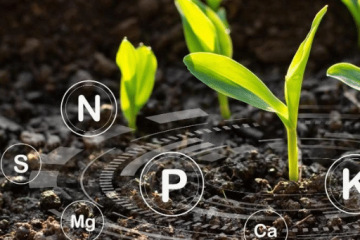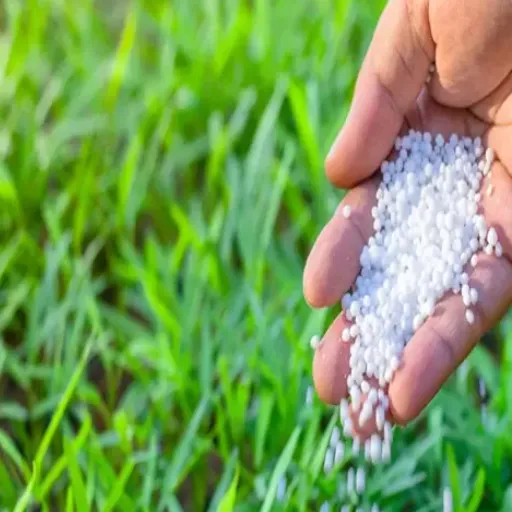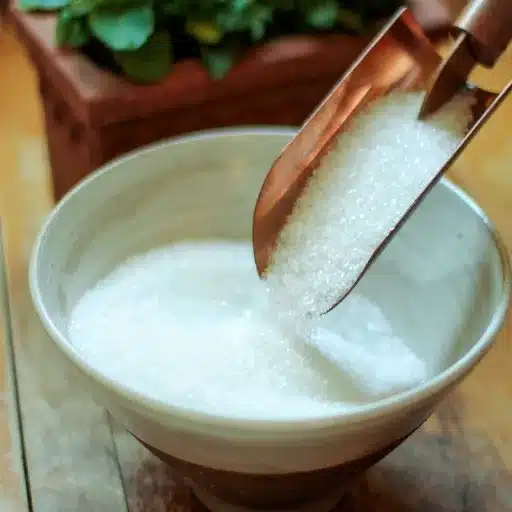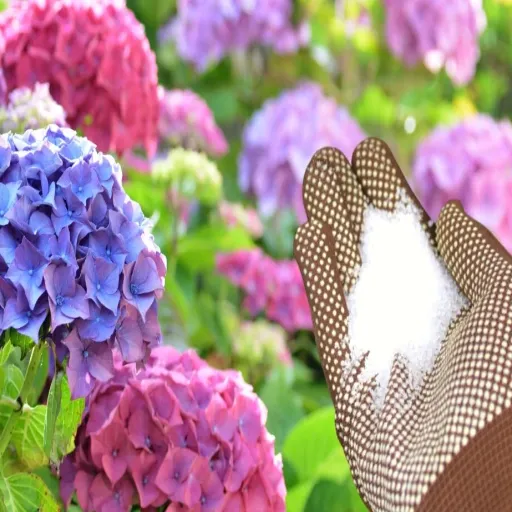Understanding Urea and Its Role in Lawn Fertilization

What is Urea Fertilizer?
Urea represents an industrial nitrogenous fertilizer commercialized in agriculture and lawn care, primarily due to the exceptionally high nitrogen content it possesses. Key characteristics include:
- 46% nitrogen by weight – making it among the fertilizers with the highest nitrogen concentration
- Available in both granulated and powdered forms
- Excellent water solubility for easy application
- Produced through a chemical reaction of ammonia and carbon dioxide
How Urea Works as a Nitrogen Source
When applied to soil, urea undergoes a transformation process:
- Hydrolysis: Urea breaks down with the aid of the enzyme urease
- Conversion: Forms ammonia (NH₃) and carbon dioxide (CO₂)
- Absorption: NH₃ reacts with soil water to form ammonium (NH₄⁺)
- Plant Uptake: Grass roots easily absorb the ammonium for growth
Benefits of Using Urea for Plant Growth
| Benefit | Description |
|---|---|
| High Nitrogen Content | 46% nitrogen – highest in solid fertilizer category |
| Cost-Effective Solution | One of the cheapest nitrogen fertilizers per unit of nitrogen |
| Versatile Compatibility | Suitable for various crops, grasses, and soil types |
| Easy Storage & Handling | Granular form reduces spilling and contamination risks |
| Improved Efficiency | Can be enhanced with urease inhibitors for better nitrogen retention |
Application Techniques for Urea in Lawn Care
How to Properly Apply Urea Fertilizer
Standard Application Rate: 1 to 2 pounds of nitrogen per 1,000 square feet
Step-by-Step Application Process:
- Soil Testing: Determine base nitrogen levels and nutrient requirements
- Calculate Rate: Match application to your lawn’s specific needs
- Even Distribution: Use a calibrated broadcast, drop, or rotary spreader
- Split Applications: Divide the total amount into smaller, seasonal applications
- Immediate Watering: Light watering dissolves granules and prevents volatilization
Timing and Dosage Recommendations
| Grass Type | Application Rate | Best Timing |
|---|---|---|
| Cool-Season Grasses | 1-1.5 lbs nitrogen per 1,000 sq ft | Early spring and late fall |
| Warm-Season Grasses | 0.5-1 lb nitrogen per 1,000 sq ft | Late spring through summer |
Methods for Spreading Urea: Granular vs. Liquid
| Aspect | Granular Urea | Liquid Urea |
|---|---|---|
| Application Method | Spread, Band, Top-dress | Spray, Irrigation |
| Uptake Speed | Gradual | Rapid |
| Best Timing | Early-stage, Long-term | Mid-growth, Quick fix |
| Cost | Affordable | More Costly |
| Storage Life | Extended storage | Limited storage |
| Best Use | Large fields | Small plots |
Potential Drawbacks of Urea Usage
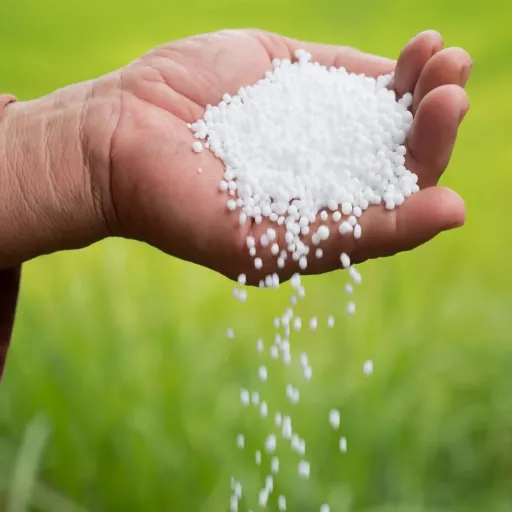
Risks of Over-Application and Soil Damage
Improper or excessive application of urea can lead to:
- Nutrient Imbalances: Disrupts potassium and phosphorus levels
- Soil Acidification: Reduces soil fertility and microbial ecosystem health
- Nitrate Leaching: Contamination of groundwater systems
- Eutrophication: Excessive algal blooms in water bodies
- Volatilization Loss: Ammonia gas release reduces plant-available nitrogen
Health Concerns Associated with Urea
- Respiratory Irritation: Exposure to urea dust may cause cough and breathing difficulties
- Dermal Reactions: Direct skin contact can cause irritation and dermatitis
- Ammonia Gas Release: Can cause eye and throat irritation
- Water Contamination: Nitrate contamination poses methemoglobinemia risks
- Environmental Toxicity: Decomposition products can be harmful in concentrated areas
Urea vs. Other Fertilizer Types

Comparative Analysis of Nitrogen Fertilizers
| Aspect | Urea | Ammonium Nitrate | Ammonium Sulfate |
|---|---|---|---|
| Nitrogen Content (%) | 46 | 33 | 21 |
| Cost | Low | Moderate | Moderate |
| Release Rate | Gradual | Quick | Gradual |
| Volatility Risk | High | Low | Low |
| Soil Impact | Acidifies | Neutral | Adds sulfur |
| Safety Level | Safe | Explosive risk | Safe |
| Best Application | General crops | Quick growth needs | Sulfur-deficient soils |
Best Practices for Using Urea in Lawn Care
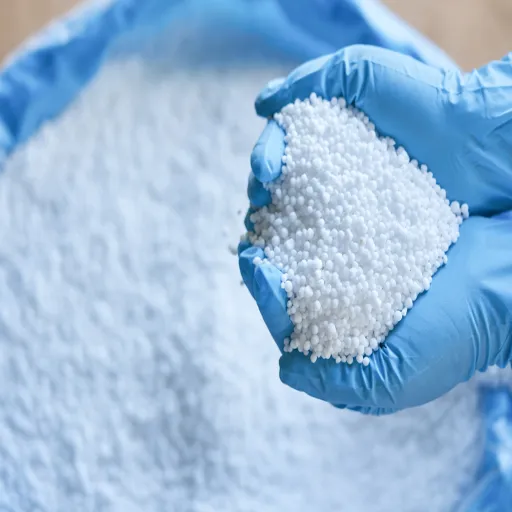
Key Application Tips Summary
- Optimal Rates: 0.5-1 lb nitrogen per 1,000 sq ft
- Timing: Apply during active growth periods
- Frequency: Space applications 4-6 weeks apart
- Soil Preparation: Conduct annual soil tests
- Moisture Management: Water immediately after application
- Storage: Keep in cool, dry conditions
Actionable Advice for Lawn Care Enthusiasts
- Regular Soil Testing: Analyze pH, composition, and organic matter annually
- Optimize Mowing: Maintain recommended height with sharp blades
- Smart Irrigation: Water deeply but infrequently to encourage deep roots
- Seasonal Fertilization: Adjust applications based on grass growth patterns
- Integrated Pest Management: Use preventive measures and biological controls first
- Aeration & Thatch Management: Address soil compaction and excess thatch buildup
Seasonal Application Schedule
| Season | Action | Focus |
|---|---|---|
| Spring | Balanced NPK fertilization + pre-emergent herbicides | Vigorous growth and weed prevention |
| Summer | Slow-release, reduced nitrogen fertilizers | Drought stress prevention and heat tolerance |
| Fall | Potassium-rich fertilizers + aeration | Winter preparation and root strengthening |
Frequently Asked Questions (FAQ)
A: Urea for lawns refers to a nitrogenous fertilizer that supplies the necessary nutrients for grass and turf. Due to its high nitrogen content, it serves as a quick source of food that supports growth and green coloration in a lawn.
A: Urea dissolves in water, converts into ammonia, and then into ammonium to be absorbed by the grass roots. This process releases nitrogen, boosting healthy lawn growth and chlorophyll production.
A: Granular urea comes in dry form and is spread with a broadcaster, while liquid urea is mixed with water for easier application. Granular form typically offers slow-release properties, providing nitrogen over time.
A: Generally, urea fertilizer is applied at 1-2 pounds per 1,000 square feet. Always check the nutrient content label (e.g., 46-0-0) and follow manufacturer instructions to avoid over-fertilization.
A: Apply urea during the growing season, typically in spring or early fall. Grass uses nitrogen most effectively during these periods, yielding a deep green color and robust growth.
A: Use a calibrated broadcast spreader to ensure even application across your lawn. This provides consistent application rates and reduces patchy growth patterns.
A: Immediately water the area thoroughly to dilute the concentration and reduce the risk of nitrogen burn. Monitor your lawn for stress signs and consult lawn-care professionals if necessary.
References
- Auburn University: Mowing and nitrogen source effects on ammonia volatilization from fertilizer applied on turfgrass
- Virginia Tech: Lawn fertilization in Virginia – Guide on sulfur-coated urea advantages
- Cornell University: The Hydrological Fate Of Nutrients And Pesticides In The Urban Landscape In Response To Management And Lawn Species


